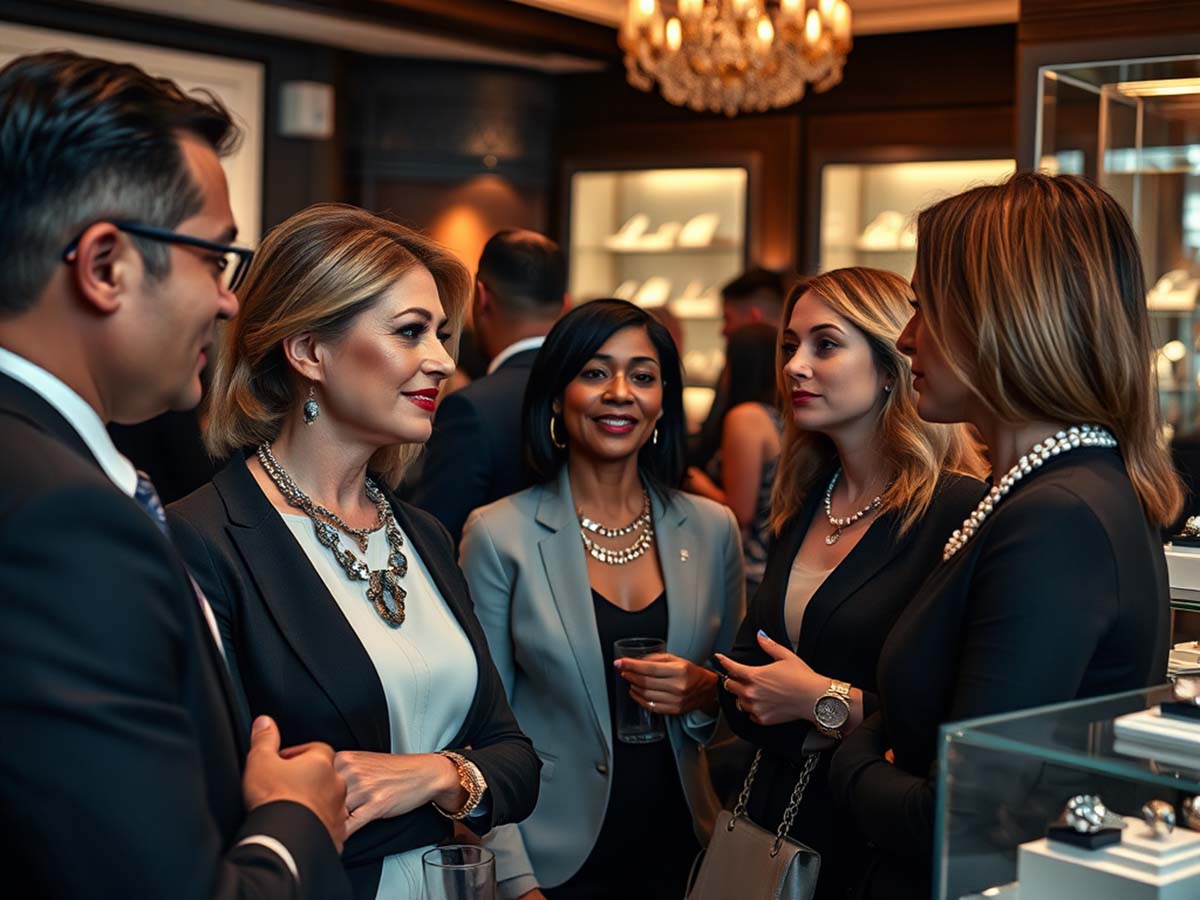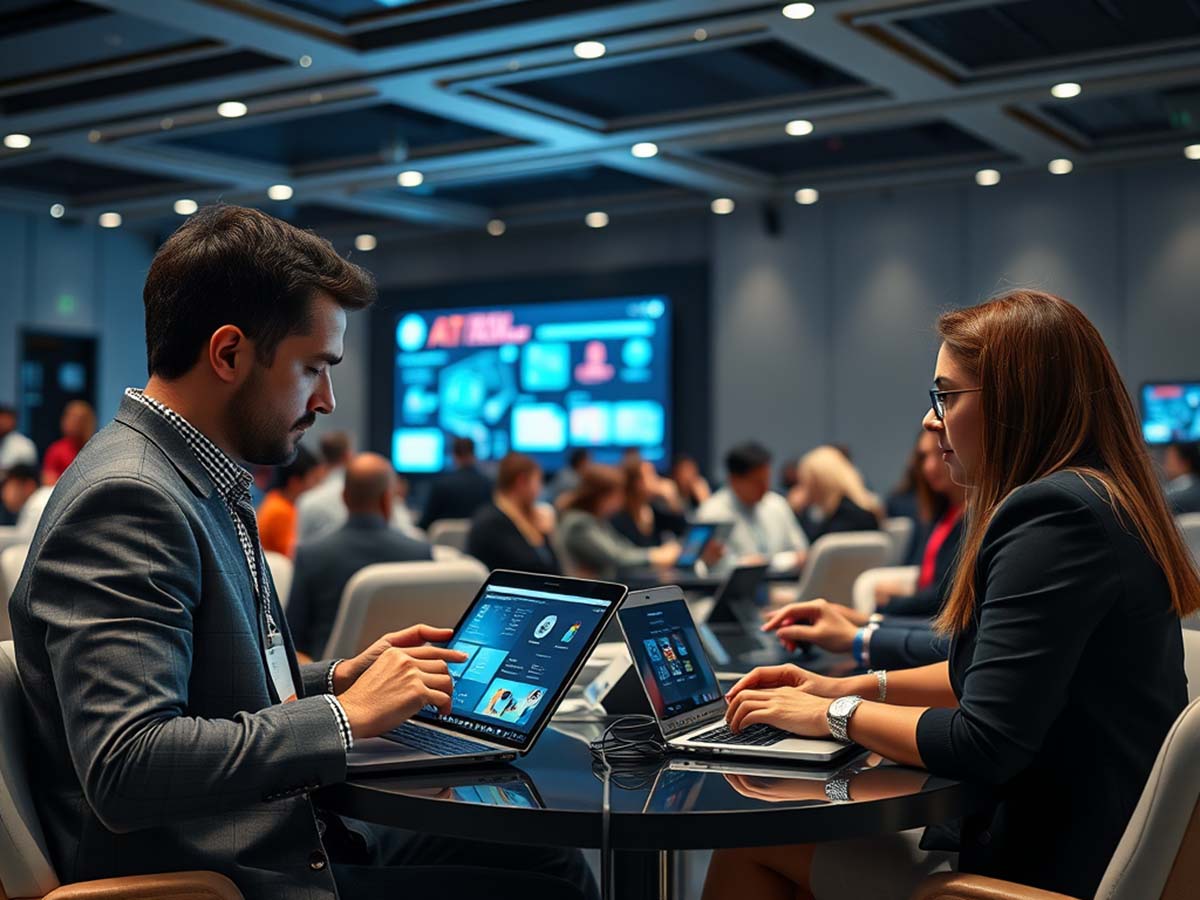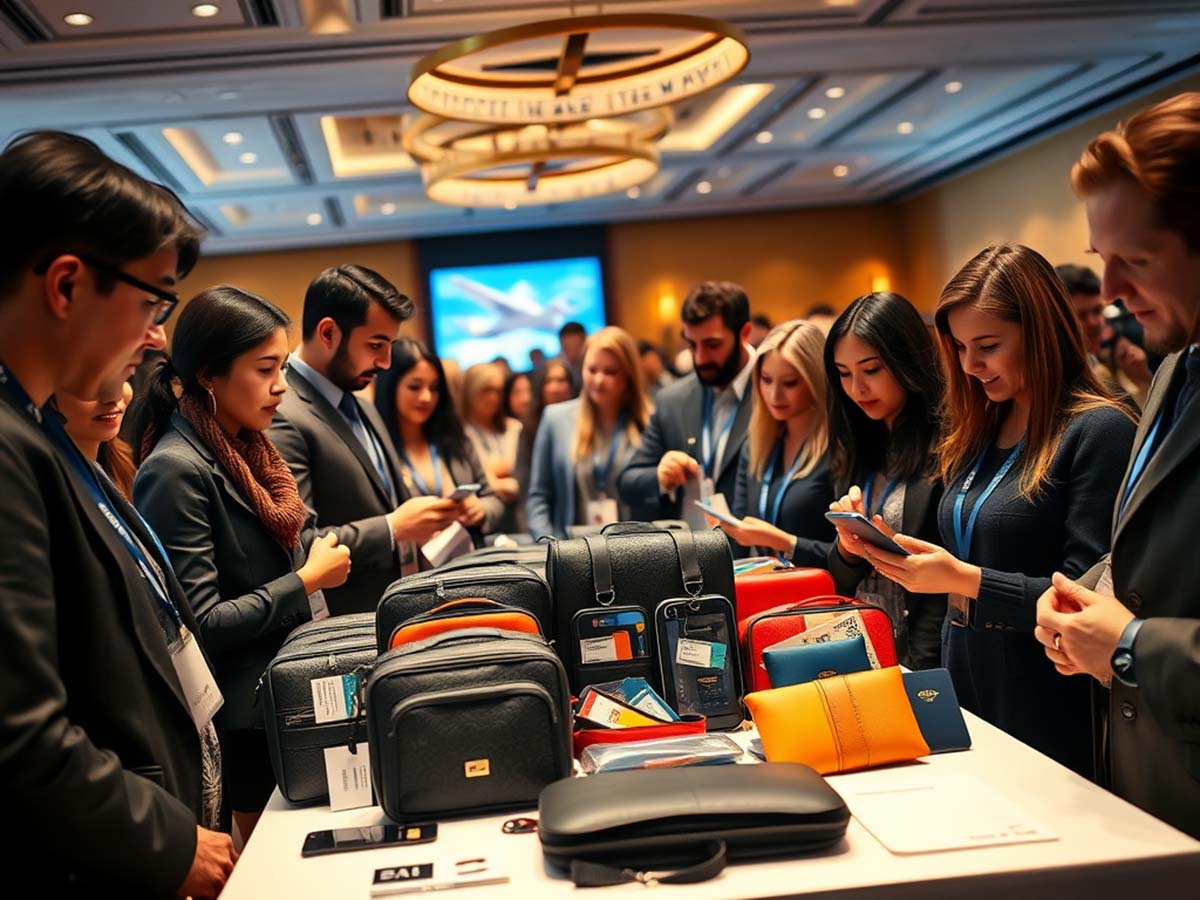Curating an Exclusive Experience with High-End Swag Bags
In global conferences, offering a strong agenda is no longer enough. Every detail—down to lighting and name tags—can affect how an event is remembered. But there’s something undeniably special about receiving a thoughtfully selected swag bag.
While most of our communication today happens online, physical gifts offer a personal and tangible experience. When the item feels premium, it sends a message: the guest matters and deserves something out of the ordinary.
This is where the high-end swag bag comes in—a collection that reflects quality, taste, and brand identity. Curated with care, these bags suit the lifestyle of international professionals, whether they’re from Berlin or São Paulo, leaving a lasting impression.
This article walks through every step of the process—from choosing the right items to measuring post-event feedback—to ensure that every bag makes a lasting impact. Learn how this principle can be applied to your next major event, wherever it may be held.
From meetings with designers to planning out logistics, global organizations have learned that investing time in swag bag details leads to stronger attendee loyalty, media attention, and higher participation in future events.
Before we move forward, here’s a quick look at the swag bag’s journey—from understanding the audience and selecting stylish, functional items, to delivering an experience that lingers long after the event.
We’ll examine how creativity and sustainability play a role in gaining global support and how data helps measure actual benefits for the brand.
By the end, you’ll have a solid framework to create a swag bag that not only looks great but also deepens relationships with the people who take them home.
Why Premium Giveaways Carry Real Value
An item’s worth isn’t just about price. In the context of events, its real impact lies in how well it reflects the message behind the gathering. With careful selection, a swag bag becomes a tool for long-term brand recall.
According to a study by the Event Marketing Institute, over 80% of attendees are more likely to share their experience on social media if they receive a useful giveaway. That kind of sharing extends a conference’s reach organically, with no extra cost for advertising.
Beyond exposure, these giveaways also build a sense of belonging. If the gift feels exclusive and well-made, it makes the recipient feel included. That feeling often reduces hesitation to attend future events or sign up for updates.
Sponsors also benefit. When their products or services are part of the bag, there’s a higher chance they’ll be tested by attendees. That hands-on experience builds more trust than any brochure. For potential partners and investors, it’s also proof that your organization knows how to engage with people on a deeper level.
Selecting Items That Appeal to a Global Crowd
The first step in curation is understanding diverse preferences. A manager from Paris may have different needs than a delegate from Johannesburg. To bridge cultural gaps, choose items that are neutral, practical, and compliant with local regulations.
Here are four items that consistently perform well:
Wireless charging pad – Convenient for both office and travel use.
Premium bamboo-ink pen – Eco-conscious and stylish; fits boardrooms or studios.
Travel-size skincare kit – Unisex, cruelty-free, and flight-friendly.
Reusable thermal bottle – Maintains beverage temperature during long journeys.
Always check the source of the product. Items from suppliers known for ethical production tend to be appreciated more. People value knowing no workers were harmed in making their new belongings.
Local customs regulations also matter. Cosmetics are heavily regulated in Europe, while the U.S. scrutinizes electronics. Spend time validating documents to avoid delays and extra charges upon arrival.
Ultimately, the goal is to provide items that offer joy and usefulness long after the event ends. When an item has meaning, the brand it carries stays top-of-mind.
Designing a Signature Bag That Makes a Statement
The bag itself serves as a mobile billboard. Use materials that are sturdy but lightweight, such as recycled canvas or vegan leather. Most guests will arrive by plane, so the bag should be portable and fit in luggage compartments.
Avoid oversized logos. A clean, subtle design that shows off brand colors without being loud encourages everyday use. When people carry the bag often, your brand travels with them.
If there are multiple sponsors, consider using inner lining prints to acknowledge them. A tasteful pattern featuring partner names keeps the focus on the host while still offering recognition.
Inside the bag, include features like a laptop sleeve, passport pocket, and bottle holder. Don’t forget to add a QR code on the tag for quick access to the digital program guide. Many attendees appreciate hybrid access, and this small detail makes a big difference.
With a well-planned layout, the bag remains useful for years—and serves as a daily reminder of your brand.
Connecting the Brand to a Story
Printing a logo isn’t enough. Tell the story behind each item. Include a small card made from seed paper explaining why the product was chosen, who made it, and what mission the brand supports.
For example, if the pen in the bag reduces plastic waste, mention that it cuts carbon output by 50% compared to regular alternatives. These details spark conversations during the event and create new openings for networking beyond just swapping business cards.
Add a short note from the host or keynote speaker at the beginning of the program. This personal touch helps attendees feel included. It also encourages them to share photos online, strengthening the emotional bond.
If you’re using augmented reality, make it simple. Scanning a tag could launch a short video showing how the bag was made. Even those less familiar with tech will appreciate the effort if the steps are easy to follow.
Managing Logistics and Environmental Responsibility
For guests coming from different countries, shipping logistics play a big role. Consider delivering bags to hotels ahead of time. This avoids long lines at the venue and keeps the first day running smoothly.
Many organizations now opt for regional manufacturing to lower carbon impact. Producing items closer to the event reduces transport emissions and packaging waste. Attendees—especially in Europe—often take notice of these efforts.
Ensure quality control before items are shipped. Even a small defect can ruin the entire experience. Third-party audits, especially for electronics, help verify compliance with global safety standards.
At the event site, track inventory using a mobile app. Simple monitoring tools can prevent overproduction, which supports both cost savings and sustainable practices.
Making the Unboxing Part of the Experience
Turn the act of opening the swag bag into a shared moment during the main program. Consider a live unboxing session with a camera feed showing the audience’s reactions. This adds excitement and builds social engagement.
Create a simple hashtag and invite attendees to post photos of the bag on their profiles. According to GlobalWebIndex, over 60% of participants join hashtag challenges when the reward is visually appealing.
You can also include a short quiz in the event app, with bonus items as prizes for answering questions about the products. This adds energy to the sponsor booths and encourages more meaningful time spent at each exhibit.
If the event is streamed online, feature the unboxing moment so remote attendees can join in. Offer them a digital voucher in return for completing a short survey. That way, they too enjoy part of the premium experience.
Assessing Results After the Event
Collect feedback three weeks after the conference. Measure social media mentions, photos shared by users, and referral traffic to the site. These numbers help determine how well the bag extended your brand message.
Send a brief survey asking which items were most useful. Keep it short—offer five answer options. Simplicity increases the response rate.
Compare the return on investment with traditional ad campaigns. For instance, if each bag costs fifty dollars but drives ten thousand organic visits, that’s a strong case for its value.
This data also helps attract new sponsors. When you prove the previous swag bag created measurable outcomes, luxury brands are more likely to partner in the future. The initiative grows stronger year after year.
A high-end swag bag is more than just a gift—it’s an experience that ties together the brand, its guests, and its partners. With the right item selection, smart design, clear logistics, and accurate follow-up, it becomes a lasting handshake—a sign that the connection lives on beyond the final session.








